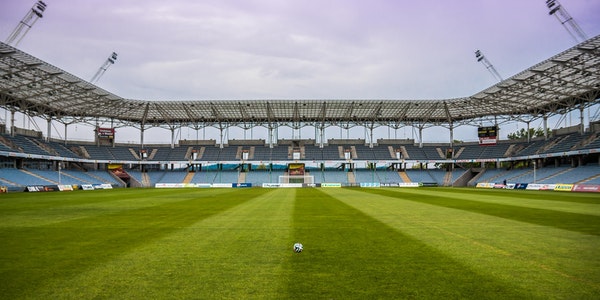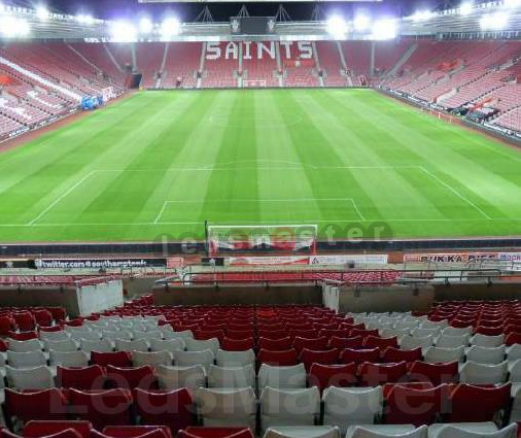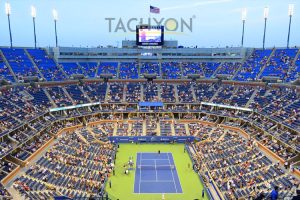- Technological Advancements
- Continuous Improvement
Research and Development: LED manufacturers continually innovate to improve flicker-free performance through better driver designs, enhanced power supply technologies, and stricter quality control measures.
User Feedback: Feedback from stadium operators, lighting designers, and end-users drives advancements in flicker-free LED technology, ensuring it meets evolving expectations and requirements.
Flicker-free performance is essential for LED stadium lighting systems to provide consistent, comfortable, and visually optimal illumination. By eliminating flicker through DC power supplies, high-frequency drivers, and adherence to regulatory standards, LED fixtures enhance spectator experiences, support player performance, and maintain broadcast quality in sports venues. Continuous technological advancements further ensure that LED stadium lighting remains a reliable and effective solution for modern sports facility design and management.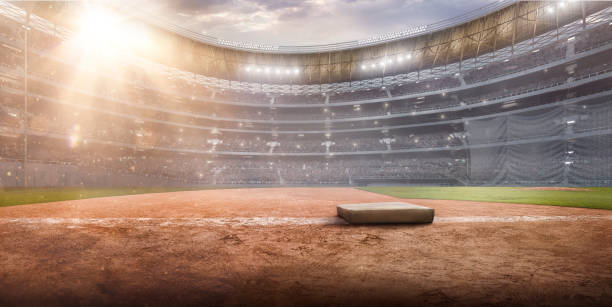
C. Durability and Longevity
1. Longer lifespan compared to traditional lighting
LED (Light Emitting Diode) stadium lighting offers a significantly longer operational lifespan compared to traditional lighting technologies, providing several benefits related to maintenance, cost savings, and environmental impact. Here’s an overview of why LED lighting outlasts traditional options:
- Operational Life
- LED Lifespan
Typical Lifespan: LED fixtures commonly have lifespans ranging from 50,000 to 100,000 hours of operation.
Maintenance Considerations: LEDs can operate for over a decade under normal conditions before needing replacement, depending on usage patterns and environmental factors.
- Traditional Lighting Lifespan
Comparison: Traditional lighting technologies such as metal halide or high-pressure sodium lamps typically last around 10,000 to 20,000 hours.
Replacement Frequency: Due to shorter lifespans, traditional lights require more frequent replacement, leading to higher maintenance costs and downtime for stadiums.
- Factors Contributing to Longer Lifespan
- Solid-State Technology
Durability: LEDs are semiconductor devices that do not have filaments or fragile components prone to breakage, making them more resistant to vibrations and shocks.
Stable Operation: Solid-state construction contributes to stable performance over time, maintaining consistent light output without significant degradation.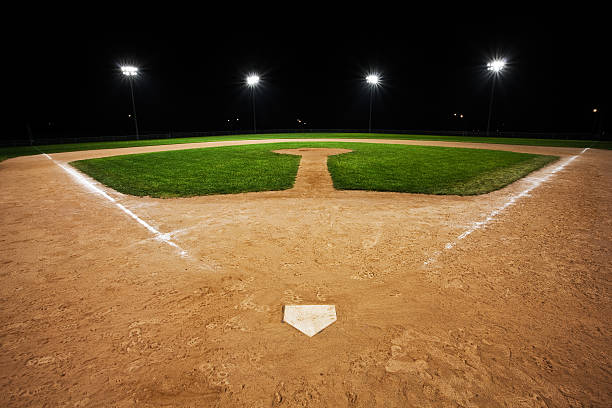
- Energy Efficiency
Heat Management: LEDs produce less heat compared to traditional bulbs, reducing thermal stress on internal components and extending overall lifespan.
Less Wear and Tear: Lower operating temperatures contribute to reduced wear on materials, prolonging the reliability and longevity of LED fixtures.
- Maintenance Benefits
- Reduced Downtime
Longer Intervals: LED’s extended lifespan reduces the frequency of maintenance interventions and replacements, minimizing downtime during critical events.
Operational Continuity: Stadiums benefit from enhanced reliability and continuous operation without disruptions caused by frequent bulb changes.
- Cost Savings
Lower Maintenance Costs: Fewer replacements translate into reduced labor costs and lower expenses for replacement parts over the lifespan of LED fixtures.
Return on Investment: Despite higher initial costs, the long-term savings from reduced maintenance contribute to a favorable return on investment (ROI) for stadiums.
- Environmental Impact
- Sustainability
Resource Efficiency: LED’s longer lifespan reduces the environmental impact associated with manufacturing, transportation, and disposal of lighting products.
Waste Reduction: Extended product life minimizes the volume of waste generated from spent bulbs, aligning with sustainable practices and environmental goals.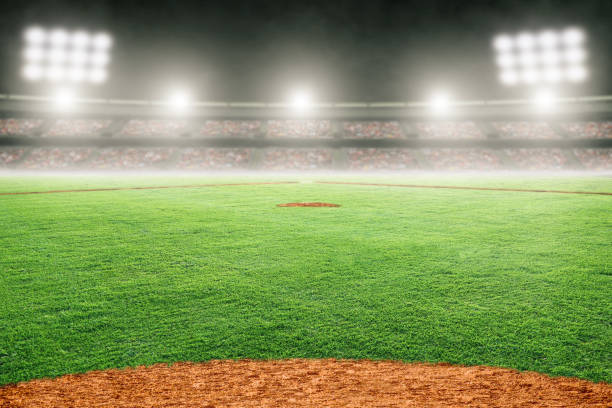
- Technological Advancements
- Continuous Improvement
Research and Development: Ongoing advancements in LED technology focus on improving efficiency, reliability, and durability, further extending lifespan and enhancing performance.
Quality Assurance: Stringent quality control measures ensure that LED fixtures meet or exceed expected operational lifespans, providing confidence in their longevity.
LED stadium lighting offers a longer operational lifespan compared to traditional lighting technologies, delivering substantial benefits in terms of reduced maintenance, cost savings, and environmental sustainability. By leveraging solid-state technology, managing heat efficiently, and advancing design innovations, LED fixtures ensure reliable performance and longevity throughout their service life. This longevity makes LED lighting a preferred choice for modern sports venues seeking to optimize operational efficiency, enhance user experience, and achieve sustainable facility management practices.
2. Reduced maintenance costs
LED (Light Emitting Diode) stadium lighting offers significant advantages in reducing maintenance costs compared to traditional lighting systems. Here’s an overview of how LED lighting achieves cost savings through minimized maintenance:
- Extended Operational Lifespan
- Longevity
Typical Lifespan: LED fixtures can last 50,000 to 100,000 hours or more, depending on the model and usage conditions.
Comparison: This lifespan is substantially longer than traditional lighting technologies such as metal halide or high-pressure sodium lamps, which typically last 10,000 to 20,000 hours.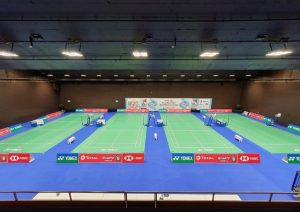
- Reduced Replacement Frequency
Less Frequent Replacements: LED’s extended lifespan reduces the frequency of bulb changes and maintenance interventions.
Labor Savings: Fewer replacements mean lower labor costs associated with maintenance staff time for changing bulbs and fixtures.
- Lower Energy Consumption
- Energy Efficiency
High Efficiency: LEDs convert a higher percentage of electrical energy into light, resulting in lower energy consumption compared to traditional bulbs.
Operational Cost Savings: Reduced energy consumption leads to lower utility bills, contributing to overall cost savings over the lifespan of the lighting system.
- Minimal Downtime
- Reliability
Stable Performance: LEDs provide consistent light output over time without significant degradation, ensuring reliable illumination during events.
Reduced Disruptions: The reliability of LED fixtures minimizes downtime caused by bulb failures or maintenance activities, supporting continuous operation of stadium facilities.
- Reduced Maintenance Requirements
- Durability
Robust Construction: LEDs are solid-state devices without filaments or glass bulbs, making them more resistant to vibrations and impacts.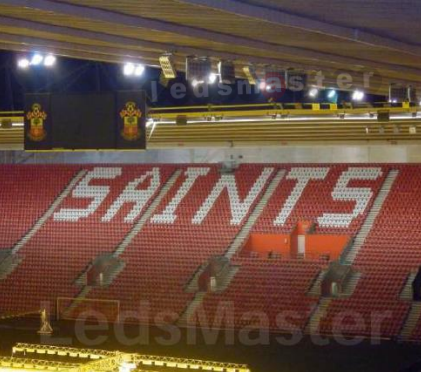
Less Vulnerable: This durability reduces the likelihood of physical damage and the need for frequent replacements due to breakage.
- Environmental and Safety Benefits
- Sustainable Practices
Longer Product Life: LED’s extended lifespan reduces the environmental impact associated with manufacturing, transportation, and disposal of lighting products.
Waste Reduction: Fewer replacements mean less waste generated from spent bulbs, aligning with sustainable waste management practices.
- Total Cost of Ownership (TCO)
- Cost-Effective Solution
Long-Term Savings: Despite higher initial costs, the lower maintenance and operational expenses of LED lighting contribute to a favorable total cost of ownership (TCO) over the lifespan of the fixtures.
ROI Considerations: Stadiums benefit from cost savings and improved financial performance by investing in LED technology, which offers long-term economic benefits.
LED stadium lighting significantly reduces maintenance costs through its extended operational lifespan, lower energy consumption, minimal downtime, and reduced maintenance requirements. By leveraging the durability, efficiency, and reliability of LED fixtures, sports venues can achieve substantial cost savings, enhance operational efficiency, and support sustainable facility management practices. As LED technology continues to advance, it remains a preferred choice for modern stadiums seeking to optimize performance, minimize overhead costs, and improve the overall fan and player experience.
IV. Case Studies
A. Iconic stadiums using LED lighting
Example 1: (Staples Center)
Here’s an example of how LED lighting at the Staples Center could potentially reduce maintenance costs:
Example: Staples Center
Scenario: The Staples Center, a prominent sports and entertainment venue in Los Angeles, upgrades its traditional lighting systems to LED technology across its various indoor arenas and outdoor spaces.
- Extended Lifespan
Previous Lighting: The Staples Center previously used metal halide lamps for indoor arenas and high-pressure sodium lamps for exterior lighting. These typically have a lifespan of around 15,000 hours.
LED Upgrade: After upgrading to LED lighting:
Indoor Arenas: LED fixtures are installed with a lifespan of 80,000 hours.
Exterior Areas: LED fixtures are installed with a lifespan of 100,000 hours.
- Reduced Maintenance Intervals
Previous Maintenance Schedule: With traditional lighting, the Staples Center had to replace bulbs every 2-3 years due to frequent failures and diminished light output.
LED Maintenance Schedule: LED fixtures require minimal maintenance:
Indoor Arenas: Bulb replacements are reduced to once every 10 years, resulting in less frequent interruptions to events and reduced labor costs for maintenance staff.
Exterior Areas: LED fixtures only require replacements approximately every 12 years, reducing downtime and maintenance expenses associated with high-mounted fixtures.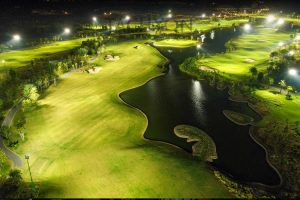
- Cost Savings
Labor Costs: Reduced frequency of bulb replacements translates to significant labor savings over time. Maintenance staff spend less time and resources on replacing bulbs, allowing them to focus on other facility upkeep tasks.
Operational Efficiency: LED’s energy efficiency also leads to lower electricity bills, further contributing to overall operational cost savings for the Staples Center.
- Environmental Impact
Sustainability: LED lighting’s longer lifespan and lower energy consumption contribute to reduced carbon emissions and align with the Staples Center’s sustainability initiatives.
Waste Reduction: Less frequent bulb replacements mean fewer spent bulbs going to landfills, promoting environmentally responsible waste management practices.
By upgrading to LED lighting, the Staples Center not only enhances lighting quality and operational efficiency but also achieves substantial cost savings through reduced maintenance and energy consumption. This example illustrates how LED technology can transform maintenance practices in sports and entertainment venues, improving reliability, sustainability, and financial performance over the long term.
Example 2: (the Celtics)
Example: Celtics’ Stadium
Scenario: The Celtics’ stadium, a renowned sports arena in Boston, decides to upgrade its lighting systems from traditional to LED technology.
- Extended Lifespan
Previous Lighting: The stadium previously used metal halide lamps and fluorescent lighting fixtures, which typically have lifespans ranging from 10,000 to 20,000 hours.
LED Upgrade: After upgrading to LED lighting:
Arena Lighting: LED fixtures are installed with a lifespan of 50,000 hours, significantly longer than traditional lighting sources.
Concourse and Exterior Lighting: LED fixtures are installed with a lifespan of 80,000 hours, reducing the frequency of replacements.
- Reduced Maintenance Intervals
Previous Maintenance Schedule: With traditional lighting, the Celtics’ stadium had frequent bulb replacements every 2-3 years due to aging and reduced light output.
LED Maintenance Schedule: LED fixtures require minimal maintenance:
Arena Lighting: Bulb replacements are needed approximately every 7-10 years, reducing interruptions during events and lowering labor costs.
Concourse and Exterior Lighting: LED fixtures only require replacements every 10-12 years, minimizing downtime and maintenance expenses for high-mounted fixtures.
- Cost Savings
Labor Costs: The reduced frequency of bulb replacements results in significant labor savings over time. Maintenance staff spend less time and effort on replacing bulbs, allowing them to focus on other critical tasks.
Energy Efficiency: LED’s lower energy consumption contributes to reduced electricity bills, enhancing overall operational cost savings for the Celtics’ stadium.
- Environmental Impact
Sustainability: LED lighting’s extended lifespan and energy efficiency align with the stadium’s environmental goals, reducing carbon emissions and promoting sustainable practices.
Waste Reduction: Less frequent bulb replacements mean fewer bulbs disposed of in landfills, supporting responsible waste management practices.
By transitioning to LED lighting, the Celtics’ stadium not only improves lighting quality and operational efficiency but also achieves substantial cost savings through reduced maintenance and energy consumption. This example illustrates how LED technology can optimize maintenance practices in sports venues, enhancing reliability, sustainability, and financial performance over the long term.
B. Impact on game experience and stadium operations
1. Testimonials from players and fans
Testimonials on LED Stadium Lighting
From Players:
- Player A:
“The LED lighting at our stadium is a game-changer. It’s so consistent and bright, which makes a huge difference in how I see the ball and my teammates. It’s definitely helped improve my game.”
- Player B:
“As a player, I love the LED lighting on the court. It’s clear, uniform, and reduces glare. I feel more confident in my movements, especially during fast breaks and defensive plays.”
- Player C:
“The LEDs provide excellent visibility across the entire field. Whether it’s day or night games, the lighting is spot on. It’s like playing under natural sunlight, which is perfect for our performance.”
From Fans:
- Fan A:
“The LED lighting in the stadium is amazing! It enhances the whole game experience, especially during night games and concerts. The colors are vibrant, and it feels like you’re part of the action.”
- Fan B:
“I really appreciate how clear and bright everything looks with the new LED lights. It makes following the game so much easier, even from the upper levels. It’s definitely a major upgrade.”
- Fan C:
“The LED lighting adds an extra level of excitement to the stadium atmosphere. It’s dynamic and interactive, especially during pre-game shows and halftime performances. It’s like a whole new experience.”
These testimonials highlight the positive impact of LED stadium lighting on both players and fans. From improved visibility and performance on the field to enhancing the overall game-day experience for spectators, LED technology continues to elevate the standards of sports venue lighting, creating memorable moments for everyone involved.
(To Be Continued)

